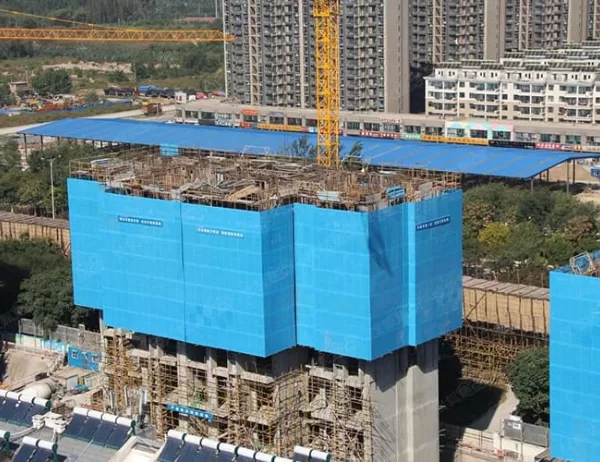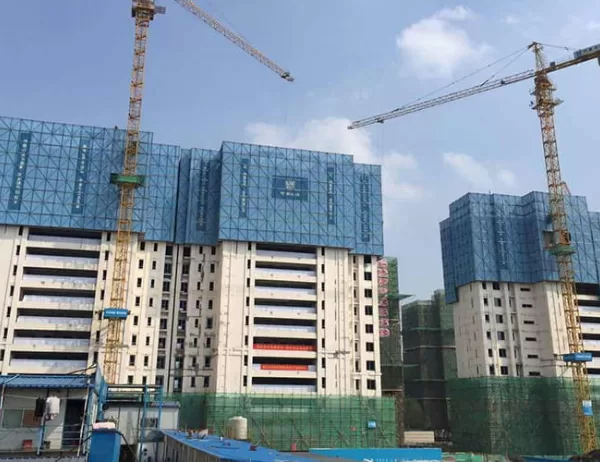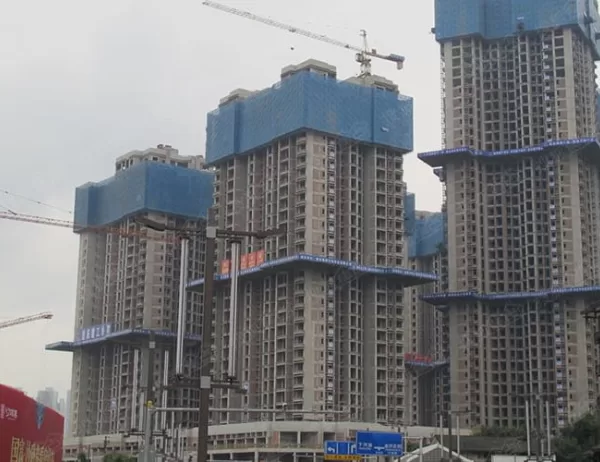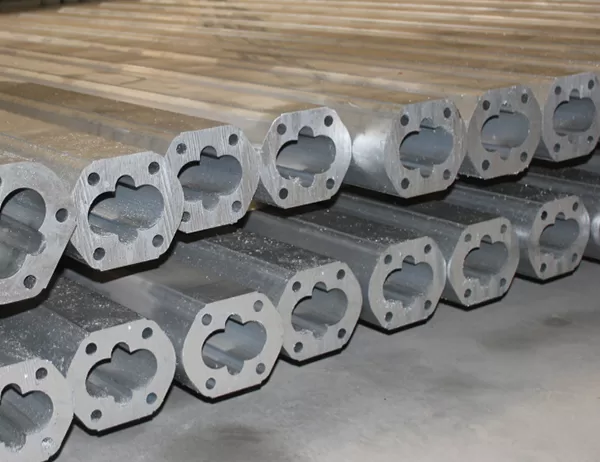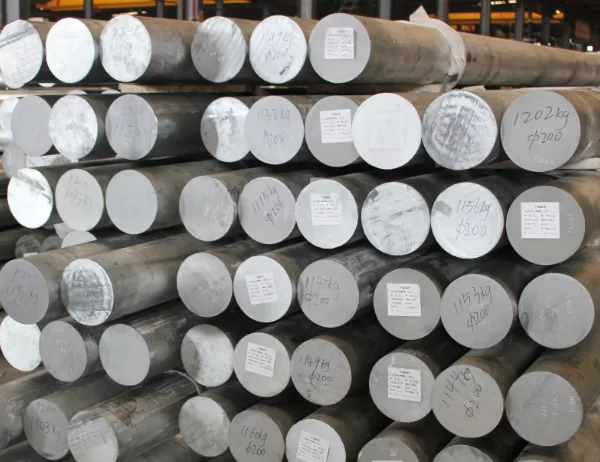How Fluorocarbon Coated Aluminum is Revolutionizing Facade Engineering
In modern architecture, the pursuit of striking visual aesthetics and enhanced functionality has led to the advent of innovative building materials. Among them, fluorocarbon coated aluminum stands out as a game-changer, revolutionizing the landscape of facade engineering. This article explores the transformative impact of fluorocarbon coated aluminum on facade design and performance, highlighting its unique attributes and the potential it holds for shaping the future of architecture.
Enhanced Durability and Longevity
The application of fluorocarbon coating on aluminum significantly enhances its durability and longevity. This coating provides a protective barrier against weathering, corrosion, and UV degradation. As a result, fluorocarbon coated aluminum facades can withstand extreme temperature fluctuations, harsh chemicals, and exposure to salt and moisture without compromising their integrity. The extended lifespan of these facades reduces maintenance costs and ensures a pristine appearance for decades, making them an ideal choice for buildings in harsh environmental conditions or with high traffic areas.
Improved Aesthetics
Fluorocarbon coating offers a kaleidoscope of color and texture options, enabling architects to create visually stunning facades that captivate and inspire. The coating’s ability to resist fading and discoloration ensures the longevity of the desired aesthetic, preventing the facade from dulling or changing color over time. Moreover, fluorocarbon coated aluminum facades can be customized with various surface finishes, such as matte, glossy, or metallic, allowing designers to tailor the look and feel of the facade to complement the building’s overall design concept.
Energy Efficiency and Sustainability
Fluorocarbon coated aluminum contributes to energy efficiency in buildings through its reflective properties. The coating’s ability to reflect solar radiation reduces heat absorption, minimizing the need for air conditioning during summer months. By mitigating the urban heat island effect, fluorocarbon coated aluminum facades promote sustainability and reduce the building’s carbon footprint.
Fire Resistance and Safety
In terms of fire safety, fluorocarbon coated aluminum facades offer peace of mind. The coating’s non-combustible nature prevents the spread of fire, meeting stringent building codes and ensuring the safety of occupants. This feature makes fluorocarbon coated aluminum an optimal choice for facades in high-rise buildings and other structures where fire resistance is paramount.
Conclusion
Fluorocarbon coated aluminum has emerged as a revolutionary material in facade engineering, offering a unique blend of enhanced durability, improved aesthetics, energy efficiency, and fire safety. Its transformative potential is evident in the stunning facades of modern architectural marvels worldwide. As the demand for sustainable and visually captivating buildings continues to grow, fluorocarbon coated aluminum is poised to play an increasingly pivotal role in shaping the future of architecture, pushing the boundaries of design and performance to new heights.
